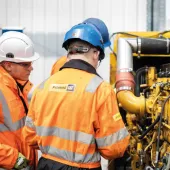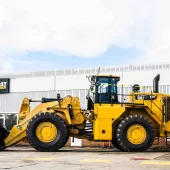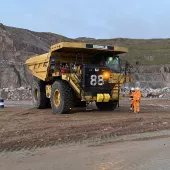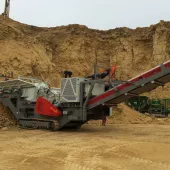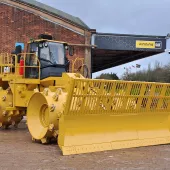Cat D6N to stay on ice in Antarctica
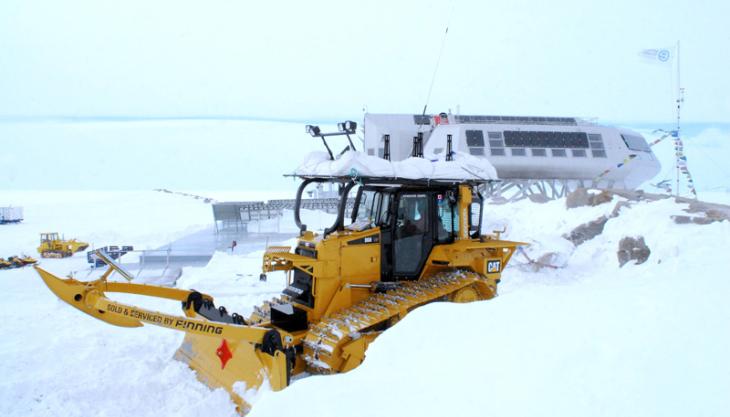
Finning donate one of their record-breaking modified Cat dozers to International Polar Foundation
FINNING have donated Seeker, one of the two record-breaking Caterpillar D6Ns that were modified by Finning and used on The Coldest Journey expedition to traverse Antarctica, to the International Polar Foundation (IPF) to carry out essential maintenance work.
The Cat machine, which underwent more than 100 specialist modifications to ensure it was capable of operating in some of the harshest conditions on the planet, has successfully survived more than a year in Antarctica.
During this time it has been operated in temperatures as low as –50°C, helping the Coldest Journey expedition team negotiate treacherous crevasse fields and blue ice to return home safely.
Seeker will now be performing essential construction work around the Princess Elisabeth Station in Antarctica, including rock removal and snow clearance. This will help the world’s first zero-emissions research station continue with its projects to promote informed action on climate change.
Commenting on the donation of Seeker to the IPF, Jason Howlett, director of Equipment Solutions at Finning, said: ‘It was a huge relief to get our engineers and the rest of the expedition team home safely at the end of November, but it was also important for Finning to leave a lasting legacy in Antarctica that will benefit others.
‘The IPF are doing phenomenal work researching climate change, and seeing as this was an important goal of the original expedition, it seemed right for us to donate the machine to them.
‘This Cat D6N, thanks in part to the modifications made by our bespoke engineering team, has survived incredibly harsh conditions. That makes us confident that it’s really going to help the team at Princess Elisabeth with important maintenance work around the base.’
Two Cat D6Ns were used on the expedition, which has now raised in excess of US$2 million for the charity Seeing Is Believing. Rover, the second machine used on the journey, is now on its way home and expected to arrive back in the UK sometime this month, and will potentially be making a star appearance at the Hillhead show in June.
Sir Ranulph Fiennes, leader of the original expedition, said: ‘It is really encouraging to know that the Cat D6N is going to continue to work in the conditions that it was modified to perform so well in.
‘The IPF are the only ‘independent’, non-government funded crew on the ice, so having access to a machine like Seeker will really benefit them and help to continue the valuable research they are doing.’


